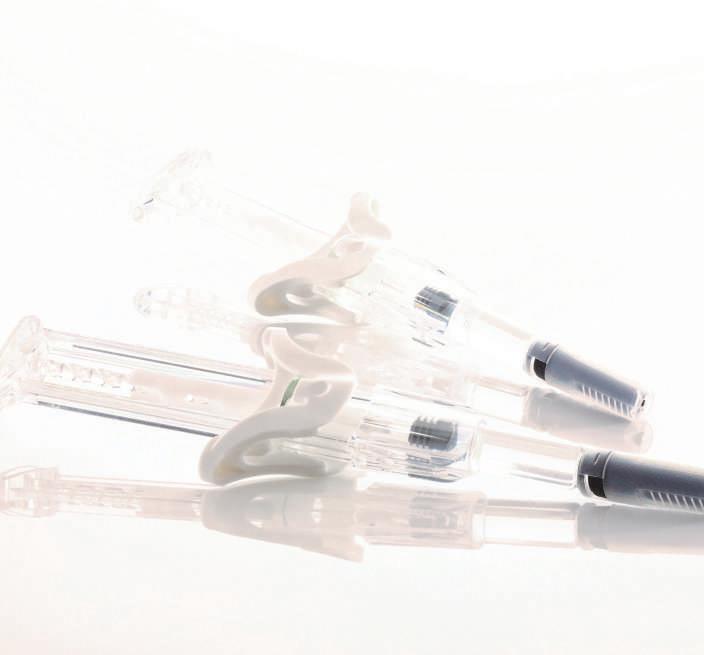Manufacturing
Help Your Tablet Tooling to Pack a Punch with Essential Maintenance Measures Ensuring tablet punches and dies are kept in optimum condition to produce high-quality tablets is critical for productivity and overall equipment efficiency (OEE). The reality is, however, that tablet compression tools are often viewed as consumable items, therefore maintenance can be seen as unnecessary and time-consuming. This can be a costly mistake and directly affect production. Keeping tooling in good working condition not only reduces tablet press downtime, but also minimises compression problems. When combined with a management system to monitor all aspects of the punches and dies, high-quality tablets are produced quickly and efficiently.
Consequences of Poor Maintenance Practices There are many problems which are a result of badly maintained tooling from poor handling through to insignificant monitoring. One of the most common is sticking and picking. When in an optimum condition, the surfaces of a tablet punch face are usually polished to a high mirror finish (the exception to this are textured finishes designed to alleviate specific sticking issues). This
Implementing an effective E-leaning programme can be an invaluable initiative to improve productivity.
finish can deteriorate over a period of time due to the continuous compaction of granules. This deterioration can lead to tabletting defects like sticking which occurs from the adhesion of the granule to the worn uneven finish. This degradation in the tool’s surface can be identified during proper assessment and rectified by cleaning granule from the surface and through polishing. When required light polishing using an automated polishing system
To achieve optimum lifetime and performance from tablet tooling use a planned 7 step maintenance process. 72 INTERNATIONAL PHARMACEUTICAL INDUSTRY
is recommended, this should enable a smooth and efficient surface to be maintained, thus aiding the reduction of sticking and picking issues. Get a Handle on it Damage through handling is another familiar problem when it comes to tooling defects. Approximately 80% of damage to punches and dies is caused accidentally when handling the punches through the production and tool care processes. This ‘accidental’ damage can lead to significant production failings. It is important to understand the delicate nature of the tooling and treat it with respect.
80% of damage to punches and dies is caused accidentally when handling the tooling. Ensure they are handled correctly to prevent damage. Spring 2020 Volume 12 Issue 1
























